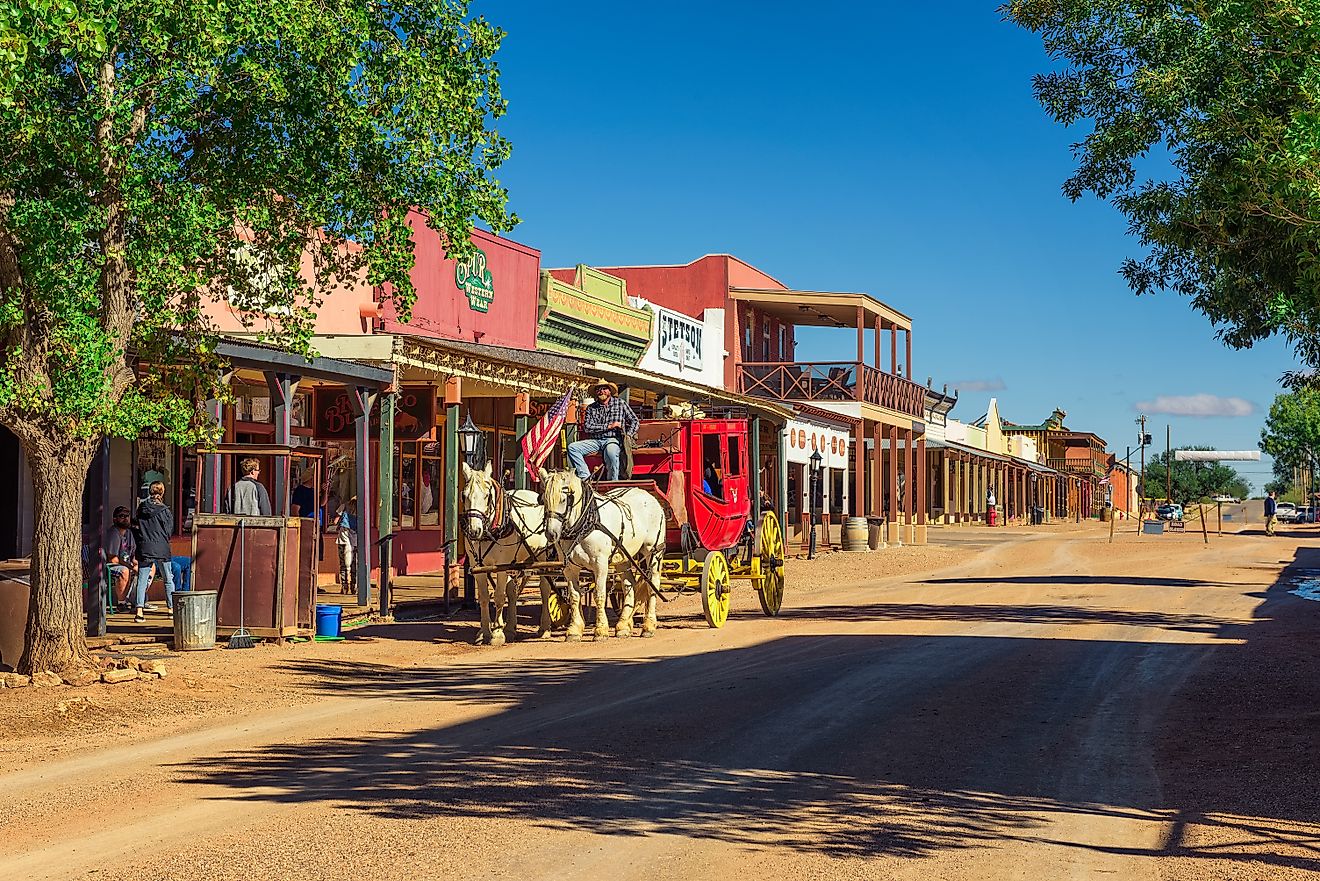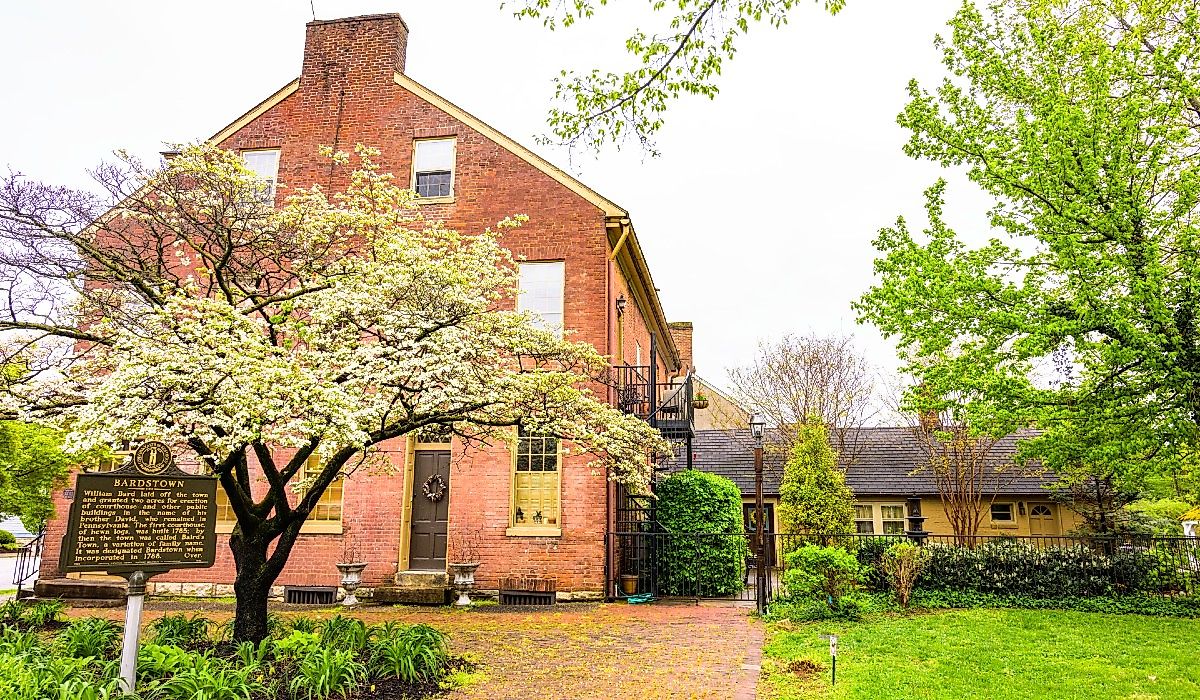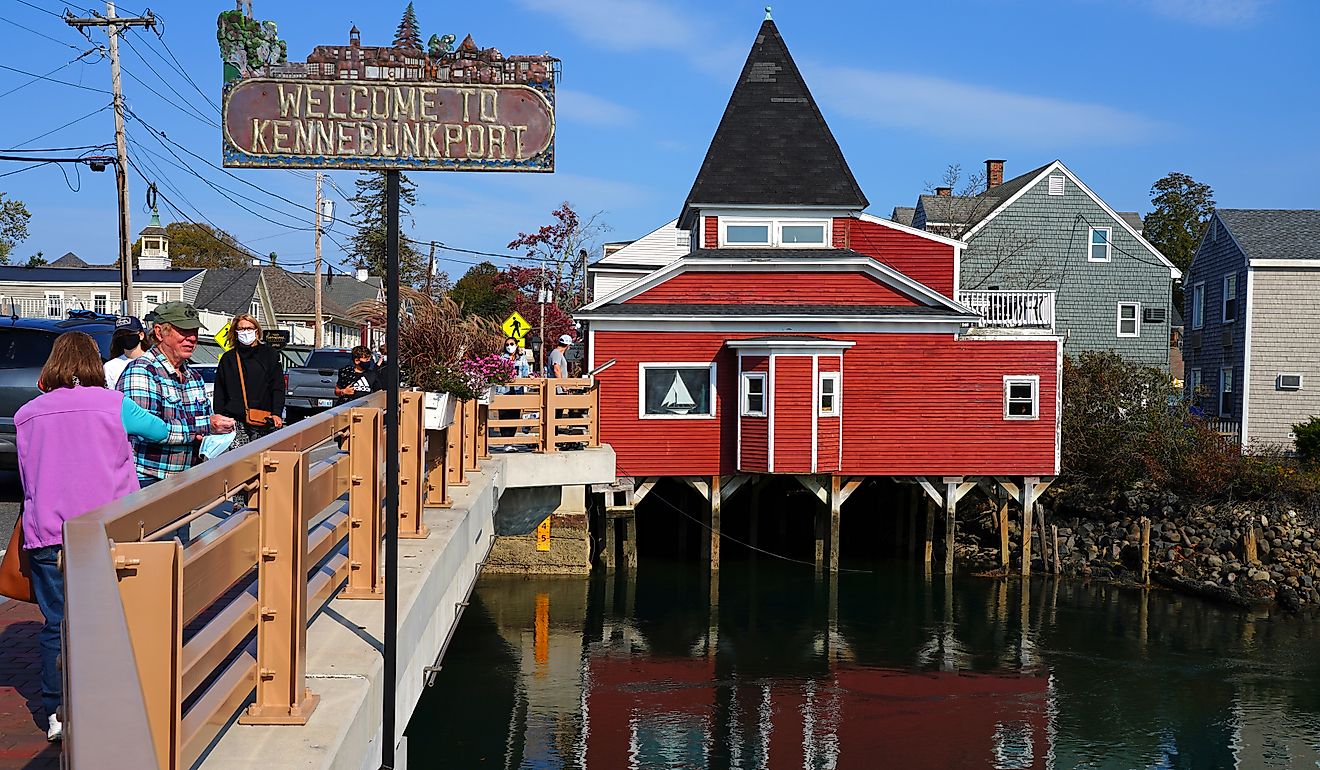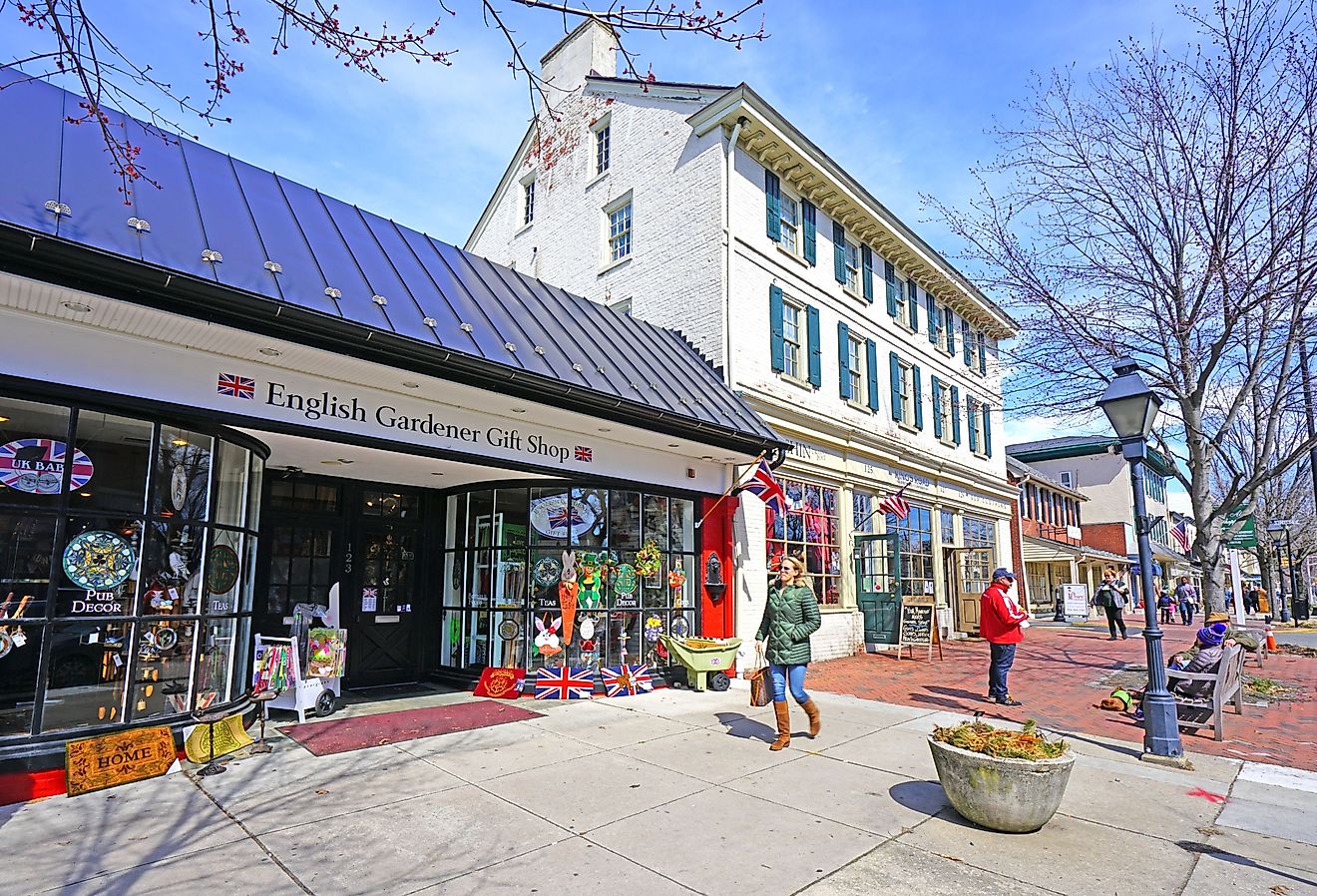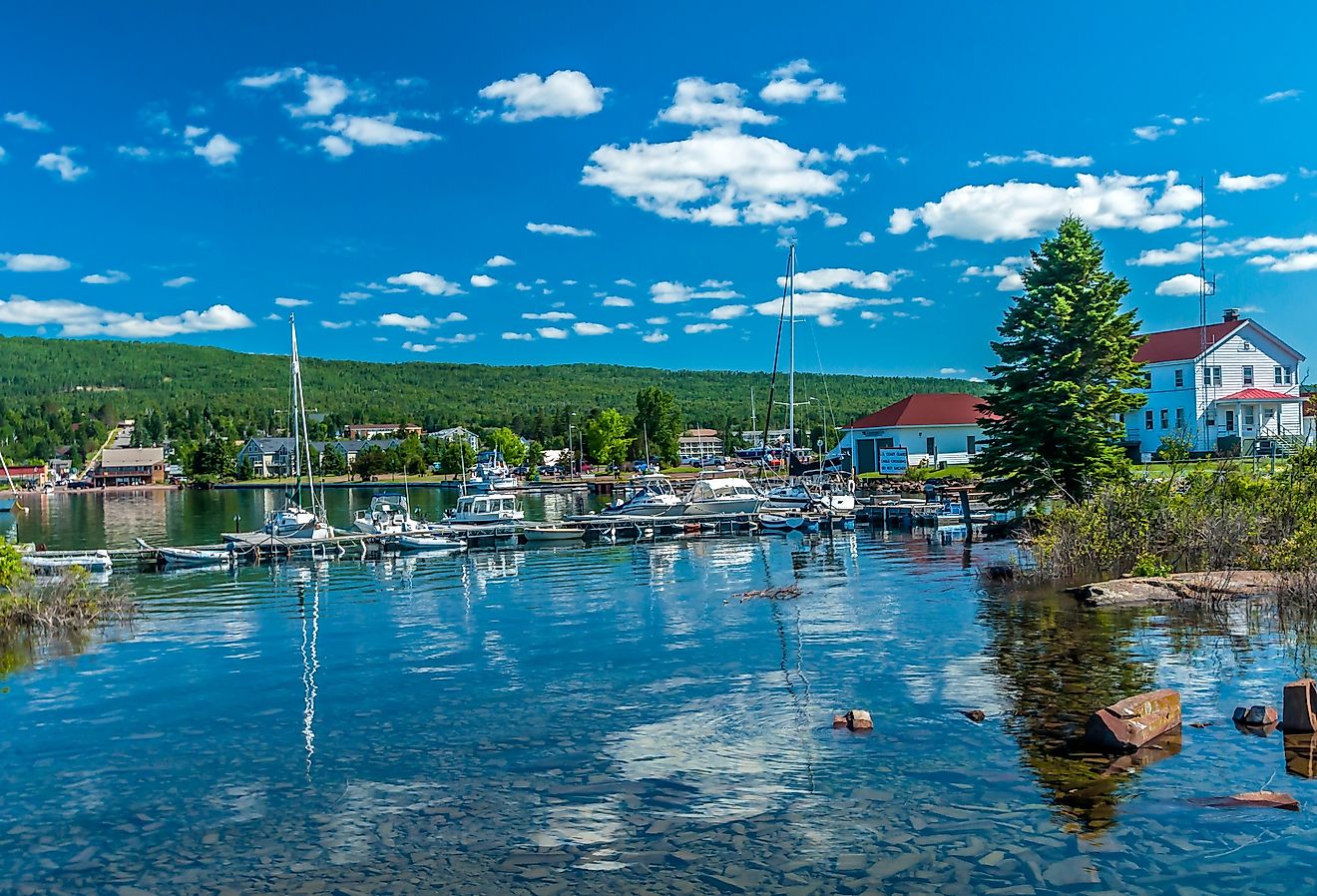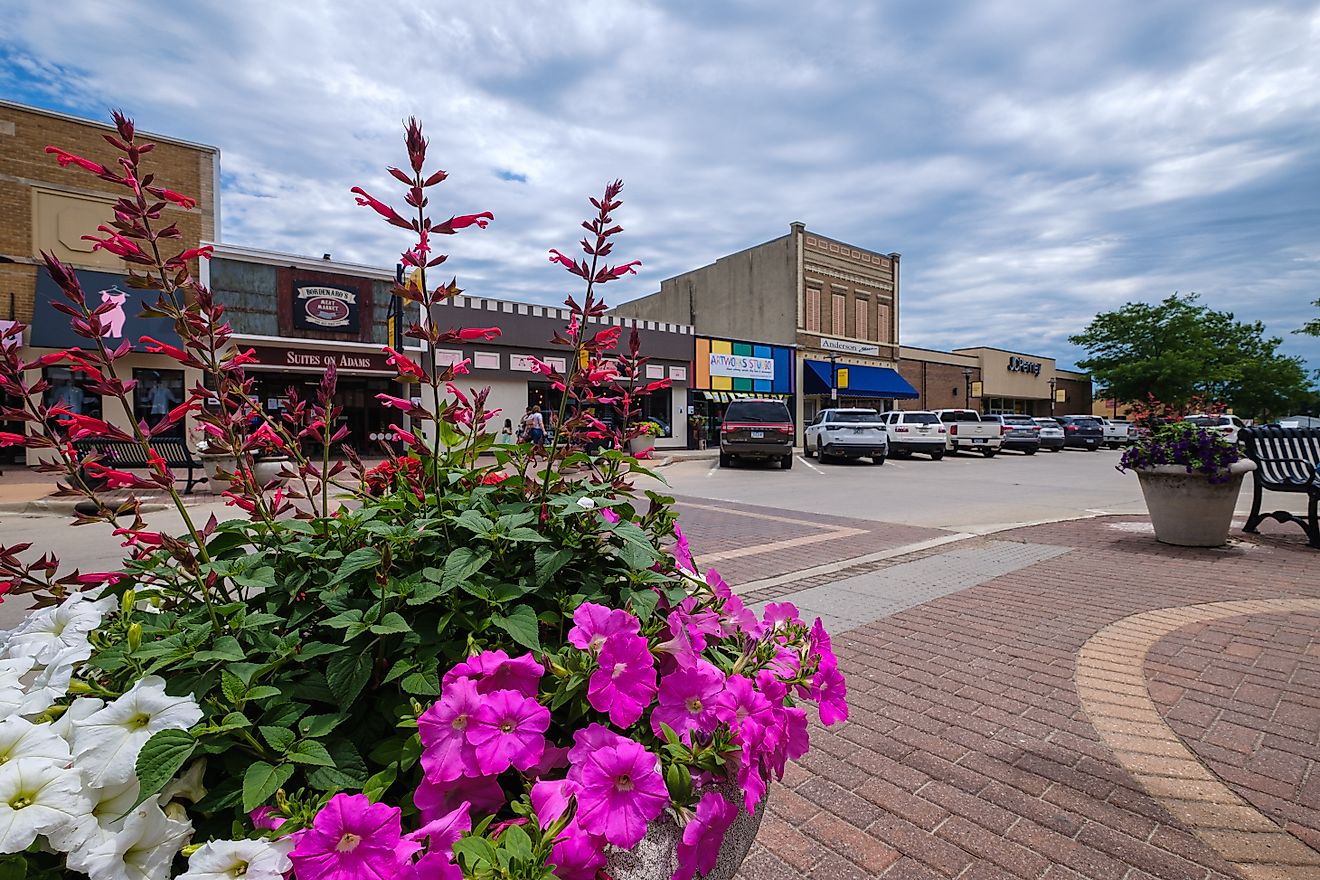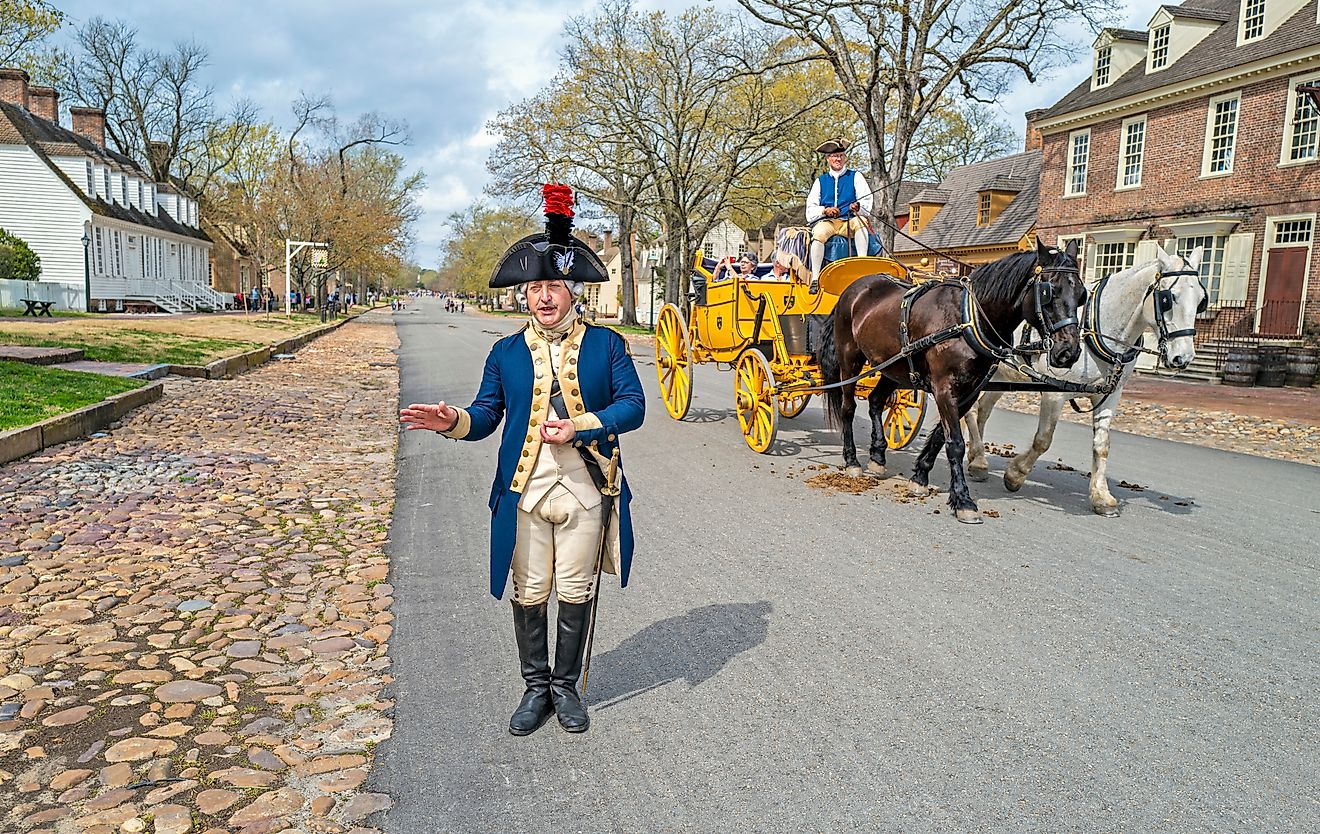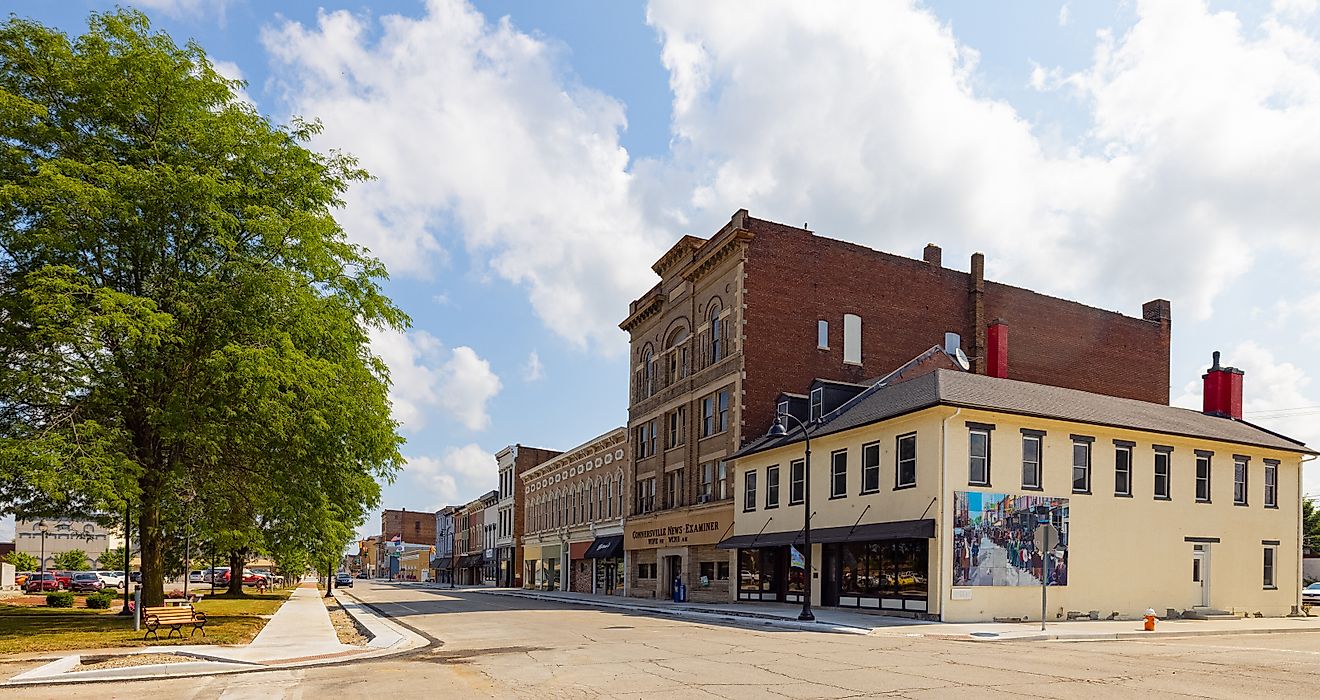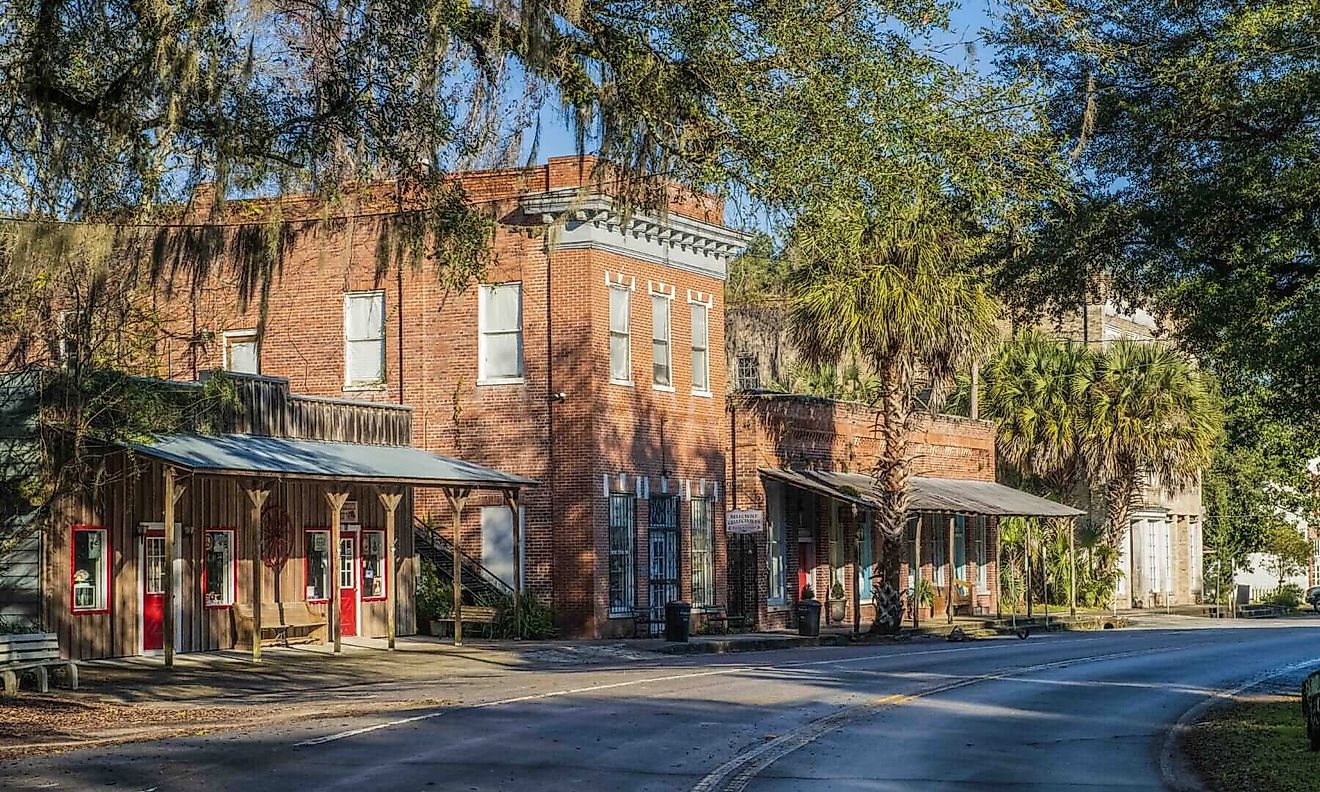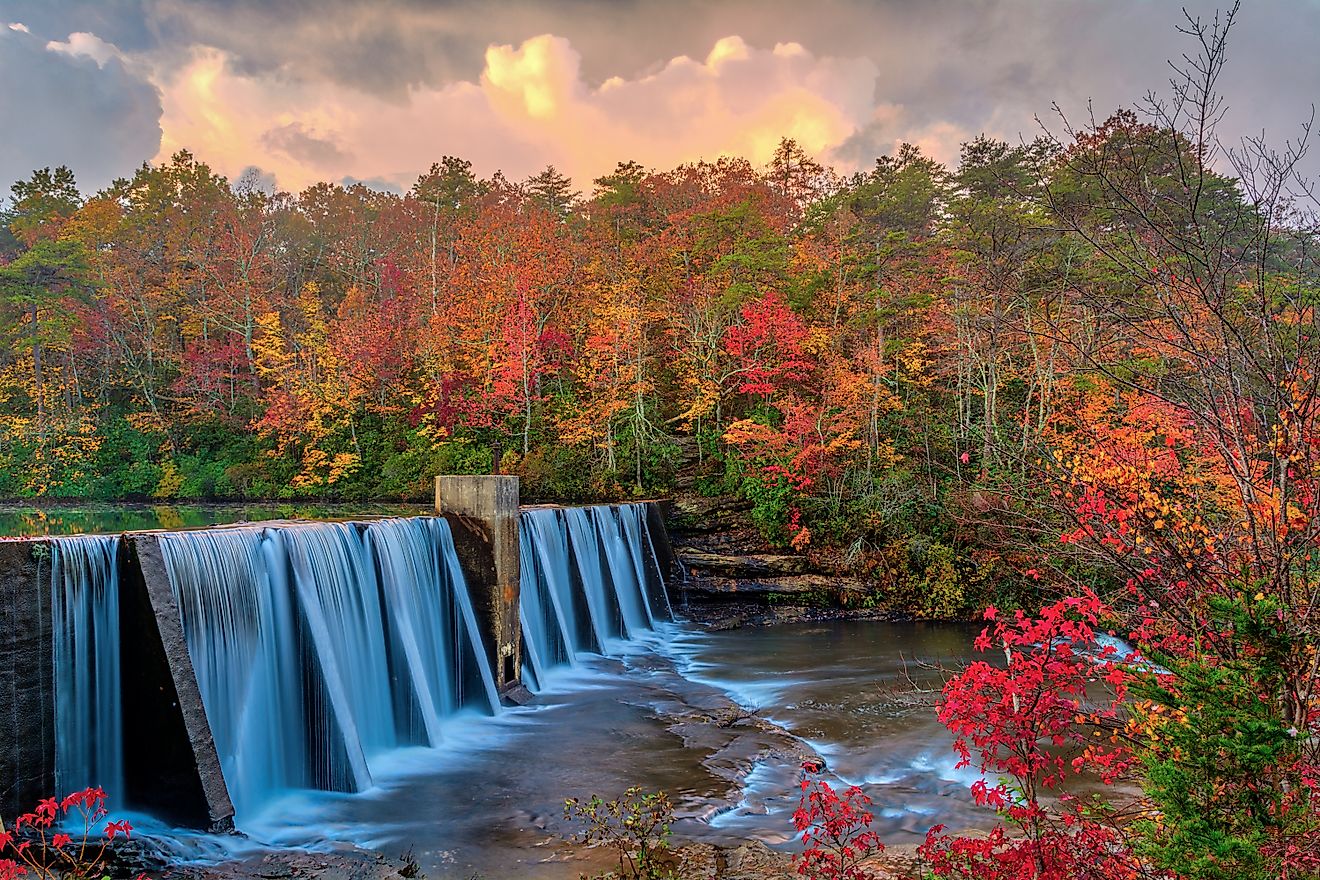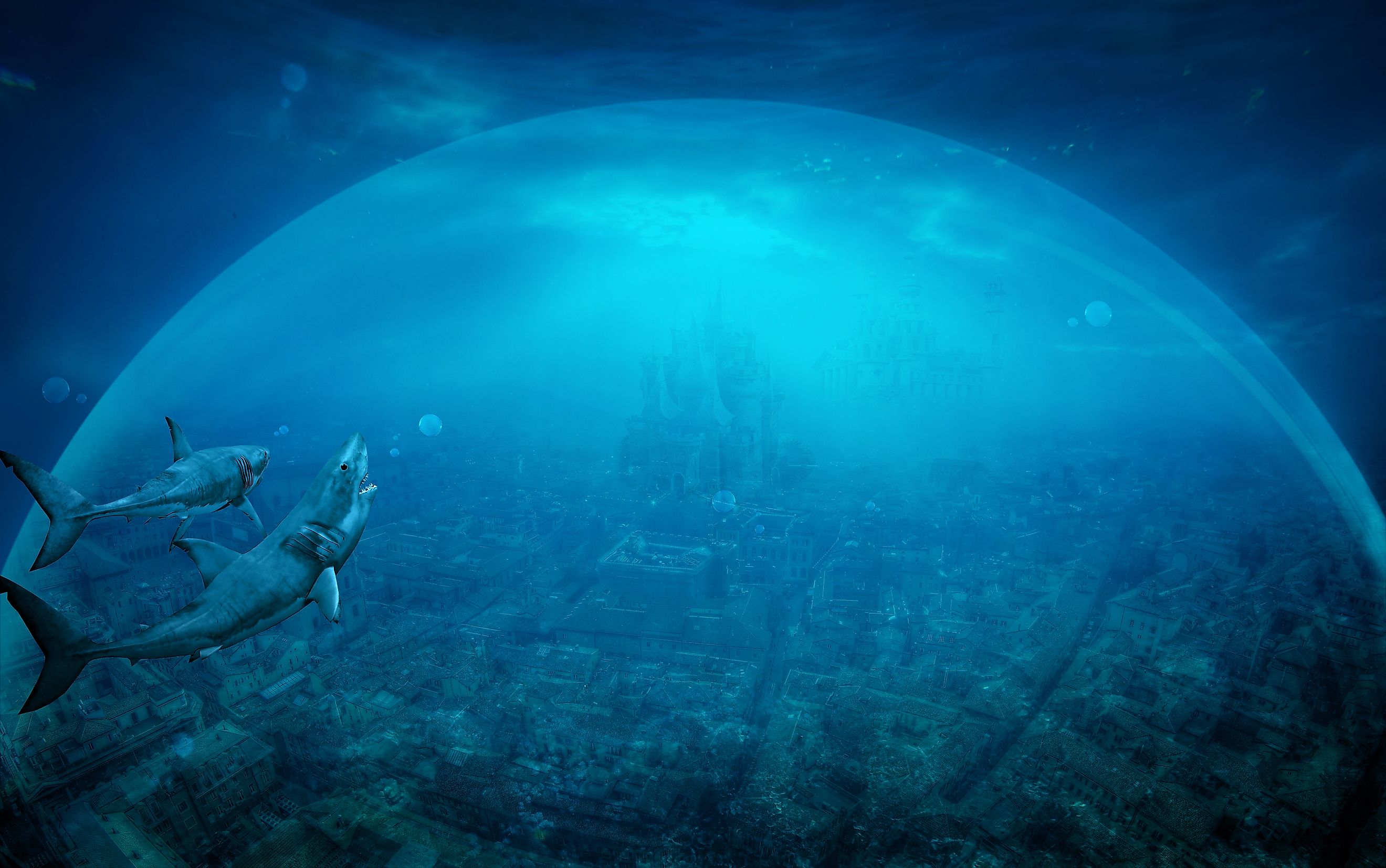
The Story of the Underwater City of Heracleion, Egypt
Here today, gone tomorrow; the impermanence of human civilization is unsettling, but this cycle of history continues regardless. Heracleion preceded the legendary Alexandria (home to one of the 7 Wonders) by around 500 years and vanished in the 8th century CE. It was described as Egypt's foremost port, and considering the strength of that ancient empire, that is a powerful testament to its importance. However, the city disappeared beneath the relentless waves of the Mediterranean, where Abu Qir Bay now sits, and this isolated it from the greed of looters and the trampling of herds. This level of preservation is comparable with other well-preserved sites like Pompeii, and it allows an uninhibited examination into the lives of those who lived thousands of years ago. Naturally, understanding Heracleion's story depends on reviewing ancient references, modern archaeology, and the treasures it left on the bottom of the sea.
Historical Appearances
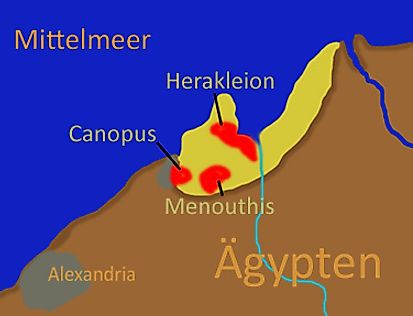
Ancient writings and inscriptions frequently mention Heracleion but it took several centuries for scholars to connect all the dots. Greek historian Herodotus, in the fifth century BCE, refers to Heracleion as the primary entryway for Egypt's trade with the Greek world. He recounts that Helen of Troy and her lover Paris, fleeing from the wrath of her husband Menelaus, sought refuge in this fabled city.
Classical sources, including the works of Diodorus Siculus and Strabo, provide further evidence of the city's historical significance. They describe it as a bustling metropolis located somewhere on the coast towards the Nile, and as a city that mythical characters interacted with. Heracleion, which housed the Temple of Amun, played a crucial role in the religious ceremonies of ancient Egypt, as it was a sacred site for worshiping the god Amun-Ra.
In the ancient world, Heracleion served as both a center of commerce and a vital religious site. It was the location of an annual procession, during which a statue of Amun traveled from Karnak to the city. This event, called the Mysteries of Osiris, drew pilgrims from all over Egypt and the Mediterranean to witness the ritual.
Heracleion's significance as a maritime hub is further supported by the discovery of artifacts and inscriptions in the submerged city. Excavations have unearthed numerous statues, including those of pharaohs and gods, as well as pottery, anchors, and coins from various periods and locations around the Mediterranean.
History
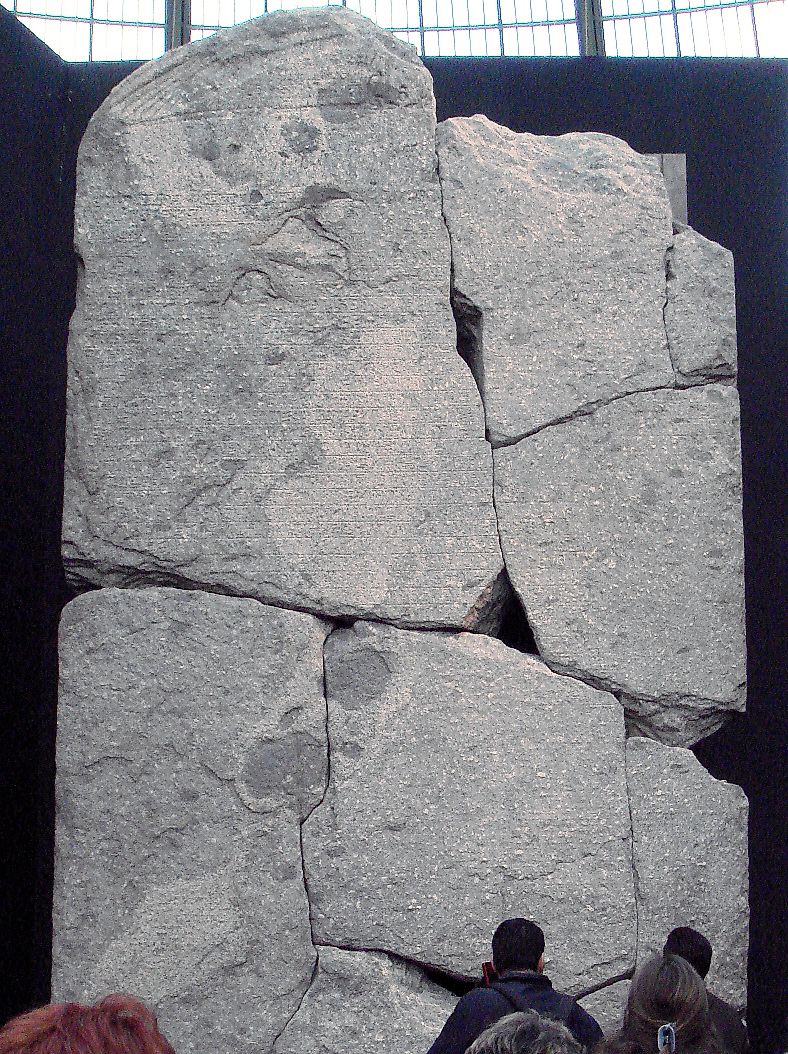
The city traces its origins to the 8th century BCE, during Egypt's Third Intermediate Period. Its strategic location near the Canopic Mouth of the Nile River allowed it to become a vital port for trade and commerce. Over time, it grew into a bustling metropolis, attracting merchants and travelers from across the ancient world.
Heracleion's zenith came around the 6th century BCE, under the reign of Pharaoh Necho II. The city flourished as a center of trade, diplomacy, and religious activity, attracting people of different cultures and religions. Its importance is evident in the numerous inscriptions, statues, and other artifacts that have been discovered through underwater excavations.
However, the city's prosperity and influence began to wane as Alexandria, founded by Alexander the Great in 331 BCE, rose to prominence. Alexandria's strategic location and superior harbor facilities eventually overshadowed Heracleion, leading to its decline.
A series of natural disasters, including earthquakes, tsunamis, and rising sea levels, contributed to the city's eventual submersion. Over time, the unstable soil beneath the city gave way, causing it to sink into the Mediterranean Sea. By the 8th century CE, the once-thriving metropolis had vanished beneath the waves, its existence preserved only in ancient texts and the memories of its former inhabitants.
Archaeological Discovery
French underwater archaeologist Franck Goddio and his team discovered the sunken city of Heracleion in 2000, solving a mystery that had puzzled scholars for centuries. Aided by advanced technology, including side-scan sonar, magnetometers, and sub-bottom profilers, the team located the submerged city near the modern city of Aboukir, off Egypt's northern coast. The discovery confirmed the existence of the city, which had only been known through ancient texts and inscriptions.
The underwater excavations carried out by Goddio and his team involved meticulous mapping and documentation of the site. Divers and remotely operated vehicles (ROVs) carefully explored the submerged ruins, capturing high-resolution images and videos to aid in the analysis of the city's layout and structure. Researchers also employed sediment and pollen analysis to better understand the city's environmental history and the factors that led to its submersion.
Artifacts Recovered
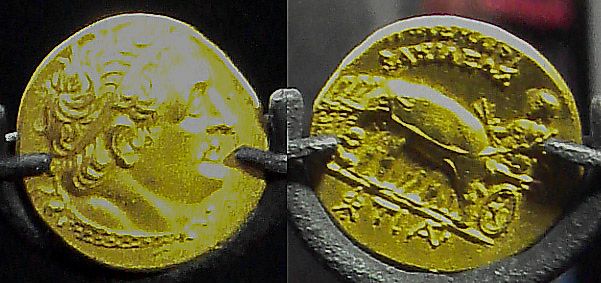
The excavations at Heracleion have yielded a wealth of artifacts that bear witness to the city's rich history and cultural diversity. Among the most remarkable finds are colossal statues, some reaching over five meters in height, depicting pharaohs, queens, and various gods of the Egyptian pantheon. The discovery of these statues, often carved from diorite or granite, offers a glimpse into the city's religious significance and artistic achievements.
In addition to statues, the archaeological team has recovered thousands of smaller artifacts, such as pottery, coins, and jewelry. These objects, originating from various Mediterranean cultures, attest to the city's role as a bustling trade hub. Notable finds include ceramic vessels from Greece, amphorae from Italy, and glassware from the Levant.
One of the most significant discoveries is the Stele of Heracleion, a large inscribed slab dating back to the fourth century BCE. The stele, written in hieroglyphics and Greek, details a decree by Pharaoh Nectanebo I, shedding light on the city's political and economic importance during his reign.
Future Research
One area of focus for future research is the examination of the environmental factors that led to the submersion of Heracleion. By studying sediment layers, climate data, and geological records, scientists hope to reconstruct the timeline of events that contributed to the city's decline and eventual disappearance beneath the sea. These findings may also shed light on the broader environmental history of the region, offering insights into the challenges faced by ancient coastal settlements.
Another avenue for future research is the continued excavation of the city's residential and commercial areas. Uncovering the daily life of Heracleion's inhabitants and their interactions with neighboring cities can provide valuable context for the city's role in the ancient Mediterranean world. Additionally, further study of the city's religious practices and rituals may contribute to a deeper understanding of its spiritual significance within ancient Egypt.
Modern Tourism
The rediscovery of Heracleion has captured the imagination of the public and sparked interest in the potential for underwater tourism. The development of such tourism initiatives could provide visitors with a unique opportunity to explore the submerged ruins of Heracleion, either through guided diving tours or remotely operated underwater vehicles. This form of tourism offers a novel way for people to engage with the history and culture of the ancient city, while also fostering an appreciation for the challenges and rewards of underwater archaeology.
However, the prospect of underwater tourism at Heracleion raises several ethical considerations and challenges. Foremost among these concerns is the preservation and conservation of the site, as increased human activity can potentially damage delicate artifacts and structures. Therefore, tourism initiatives must prioritize the protection of the archaeological site, adhering to strict guidelines and regulations to ensure minimal impact on the submerged ruins.
Another challenge in promoting underwater tourism at Heracleion is balancing the interests of researchers and visitors. While archaeologists continue to excavate and study the site, ensuring that tourism does not impede their work or compromise the integrity of ongoing research projects is crucial. Ultimately, tourism can be a necessary source of funds for difficult and extensive archaeological efforts, so finding a compromise is potentially key.
The sunken city of Heracleion stands as a testament to the grandeur, resilience, and vulnerability of ancient civilizations. Its rediscovery and ongoing exploration have not only illuminated its rich history and cultural significance but also advanced the field of underwater archaeology. As researchers continue to uncover the mysteries surrounding Heracleion and the forces that led to its submersion, the site serves as a poignant reminder of the impermanence of even the greatest cities. The story of Heracleion underscores the importance of understanding and preserving humanity's past, as well as recognizing that even modern metropolises are not immune to the relentless forces of nature that continue to shape and reshape the Earth.
